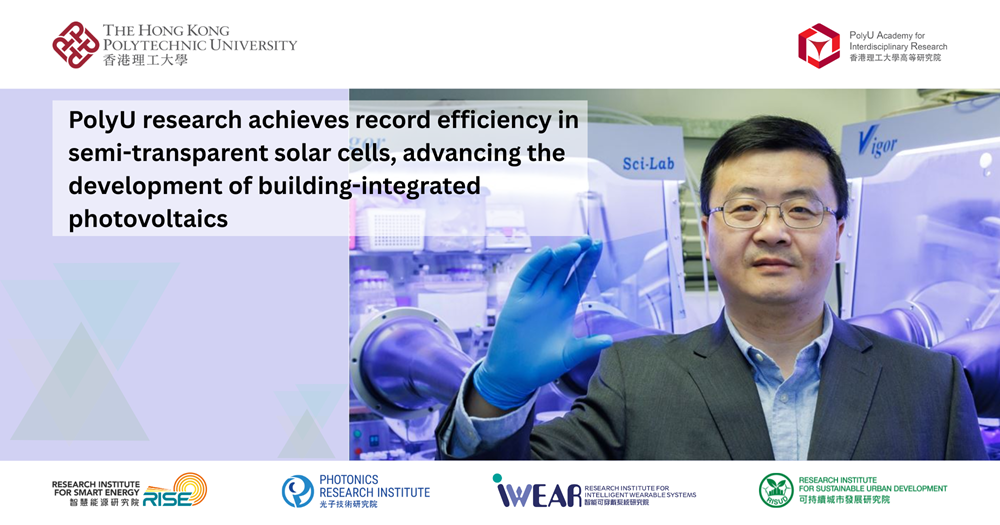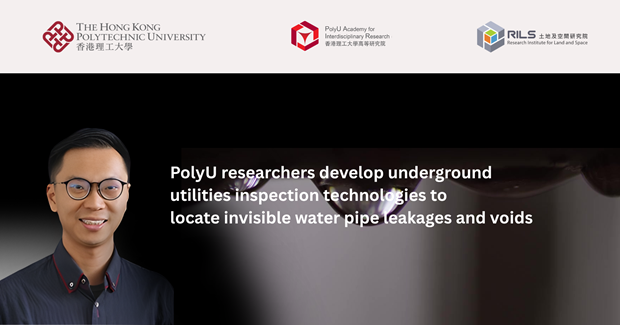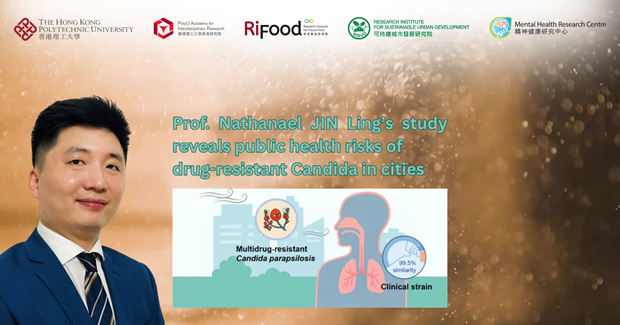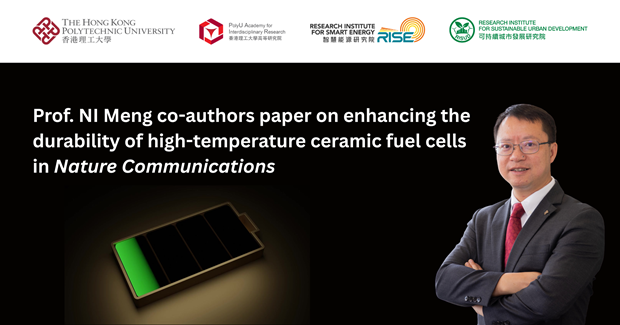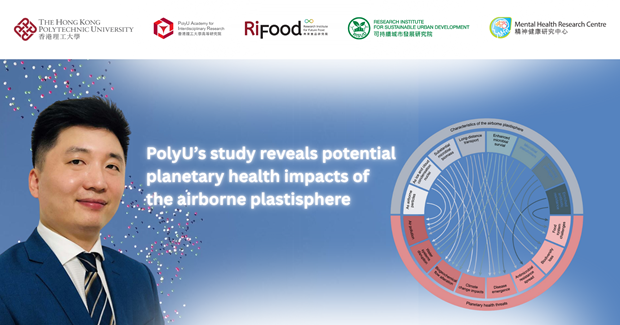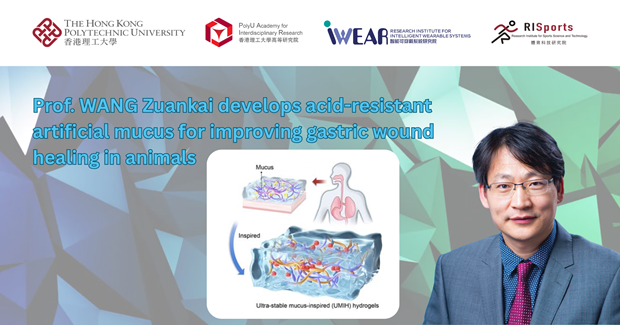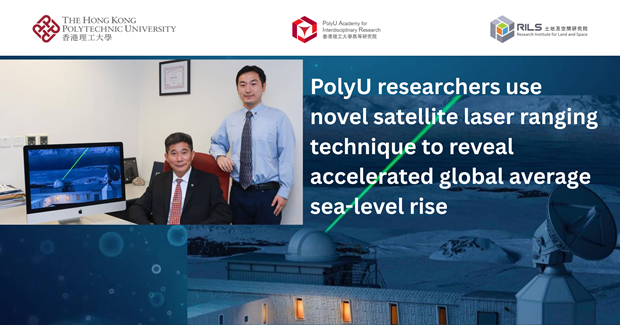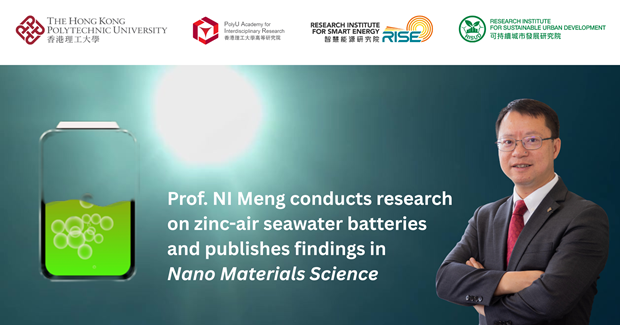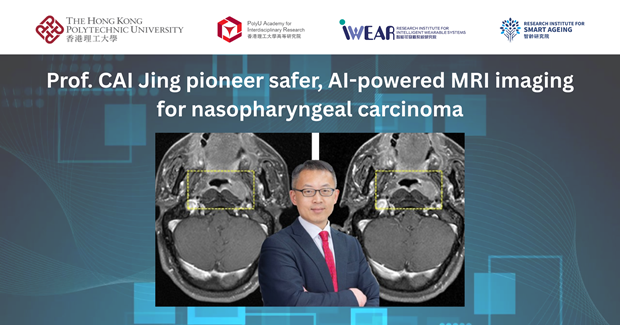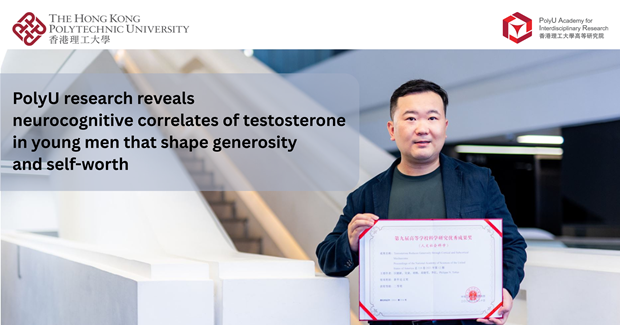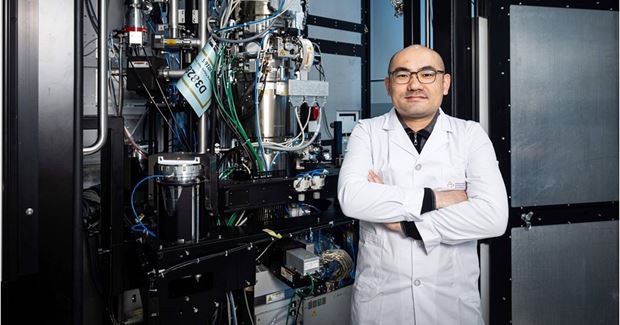Prof. LI Gang, Chair Professor of Energy Conversion Technology and Sir Sze-yuen Chung Endowed Professor in Renewable Energy of the PolyU Department of Electrical and Electronic Engineering, together with Research Fellow Dr YU Jiangsheng, have recently developed an innovative parameter to evaluate the potential of photoactive materials for ST-OPVs. By screening for the most promising materials and their combinations, the research has advanced the development of high-performance ST-OPVs and paved the way for their widespread applications in smart windows and sustainable buildings.
With their unique discrete absorption, low-cost production and environmental sustainability, ST-OPVs have very significant development potential in the field of building-integrated photovoltaics (BIPV). To fully realise their potential in the BIPV market and beyond, scientists have combined different materials and leveraged advanced device engineering technologies to enhance the efficiency and stability of ST-OPVs, while ensuring that the colour of the product appears natural under sunlight so that the photovoltaic system does not compromise the building’s visual appeal.
They introduced a dimensionless parameter, FoMLUE, to screen a series of classic photoactive materials. It takes into account the materials’ average visual transmittance, bandgap and current density by investigating their normalised absorbance. The researchers found that ST-OPVs based on the ternary materials with the highest FoMLUE values demonstrated enhanced thermal insulation and operational stability compared with their counterparts, and achieved record light utilisation efficiency of 6.05% - the highest figure of merit reported for any semi-transparent solar cell.
Their research additionally revealed the influence of geographical factors on ST-OPV performance. To explore the power generation and energy-saving performance of ST-OPV glazed windows, the research team developed a transient model to simulate power output and assess its impact on building space cooling and heating loads. The model, applied in 371 cities across China, has shown that over 90% achieved annual load reductions. Geographical analysis has further indicated that regions with hot summers and warm winters are the most suitable for the installation of ST-OPV glazed windows, with the annual total energy saving in these regions reaching up to 1.43 GJ m ⁻².
A paper reporting the research, “Semitransparent organic photovoltaics with wide geographical adaptability as sustainable smart windows,” has been published in Nature Communications.
Moving forward, the research team will continue to enhance the long-term stability of ST-OPVs and scale up development to large-area solar modules, both of which are essential for achieving commercialisation.
Prof. Li is currently the Associate Director of Otto Poon Charitable Foundation Research Institute for Smart Energy (RISE), Management Committee Member of Photonics Research Institute (PRI), and Member of Research Institute for Intelligence Wearable Systems (RI-IWEAR) and Research Institute for Sustainable Urban Development (RISUD).
Press release: https://polyu.me/3LnaOZi
Full paper: https://www.nature.com/articles/s41467-025-62546-8
Online coverage:
Tech Xplore - https://polyu.me/3IXUcH1
Mirage - https://polyu.me/3WiQSsY
Ta Kung Pao - https://polyu.me/3L46BJY (Chinese only)
Bastille Post - https://polyu.me/3WNvlZA (Chinese only)
Eurek Alert - https://polyu.me/4oy1Tm9
Bauhinia - https://polyu.me/47Cz16B (Chinese only)
Unwire.hk - https://polyu.me/3WksS8Y (Chinese only)
Science Net - https://polyu.me/4o6YyLa (Chinese only)
| Research Units | Otto Poon Charitable Foundation Research Institute for Smart Energy | Photonics Research Institute | Research Institute for Intelligent Wearable Systems | Research Institute for Sustainable Urban Development |
|---|
You may also like



